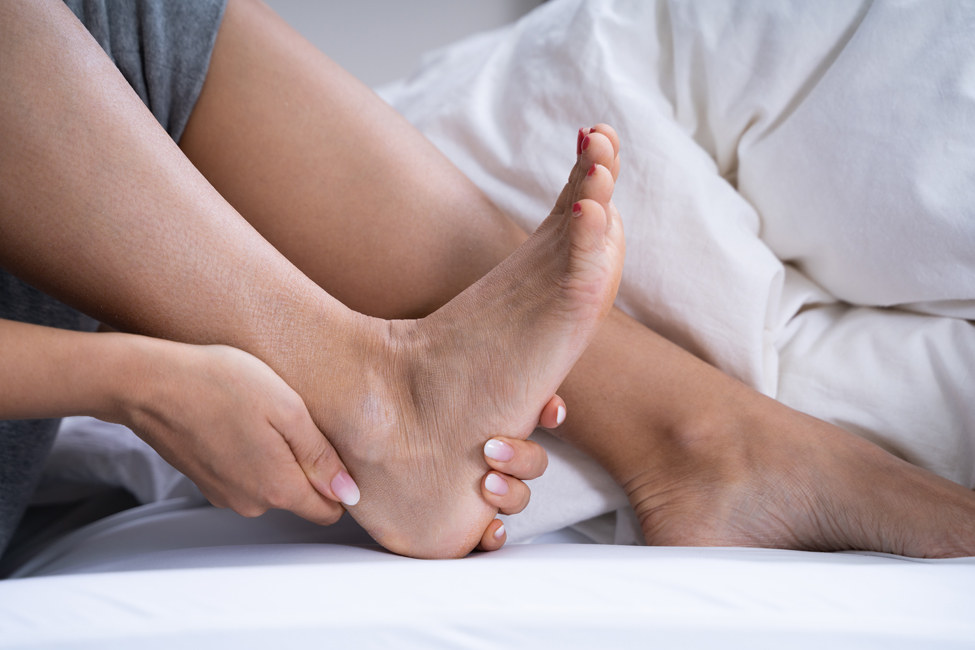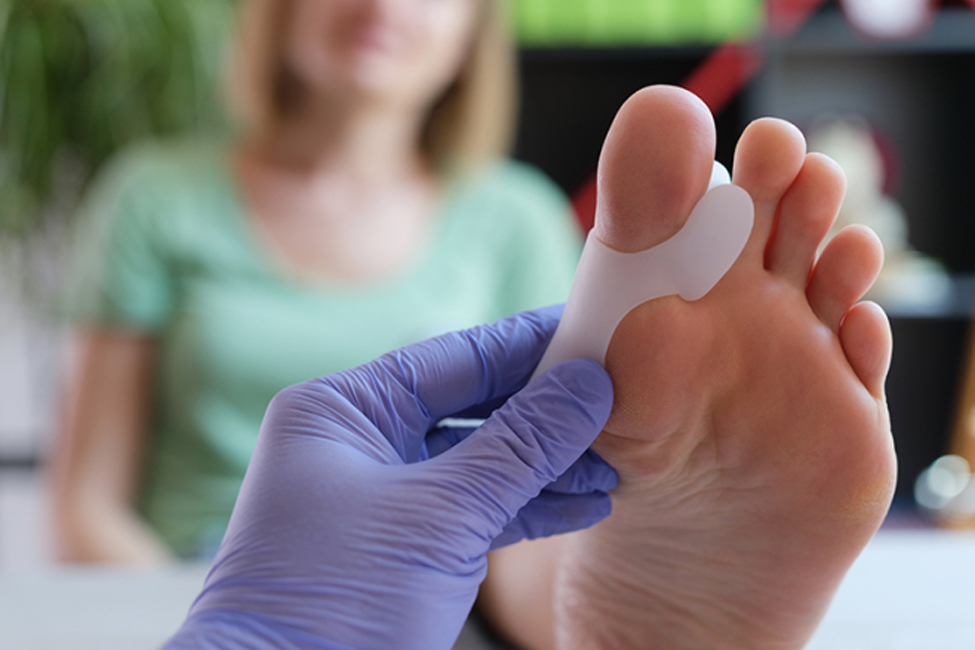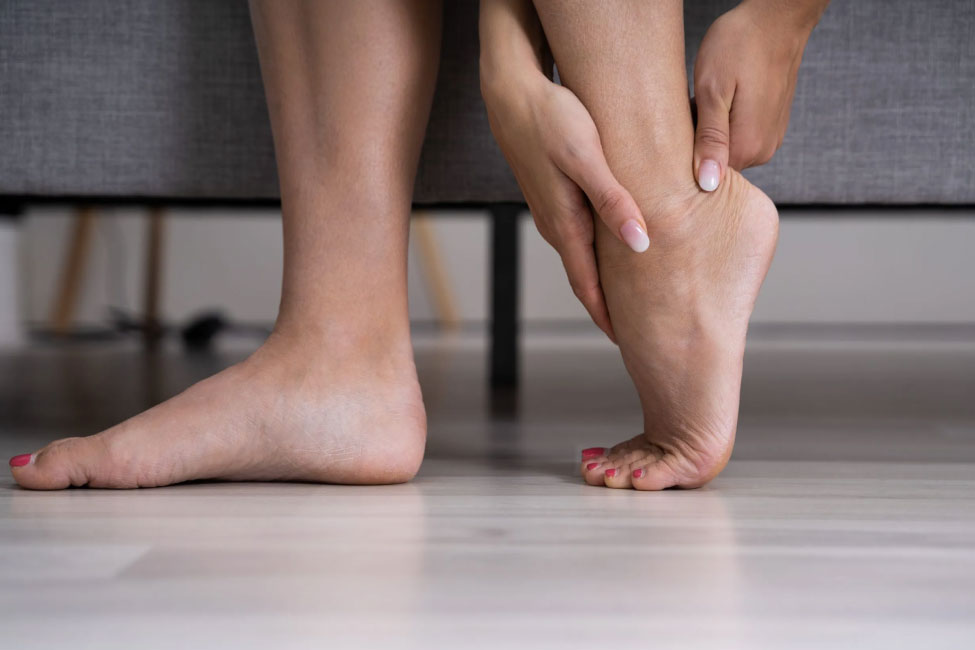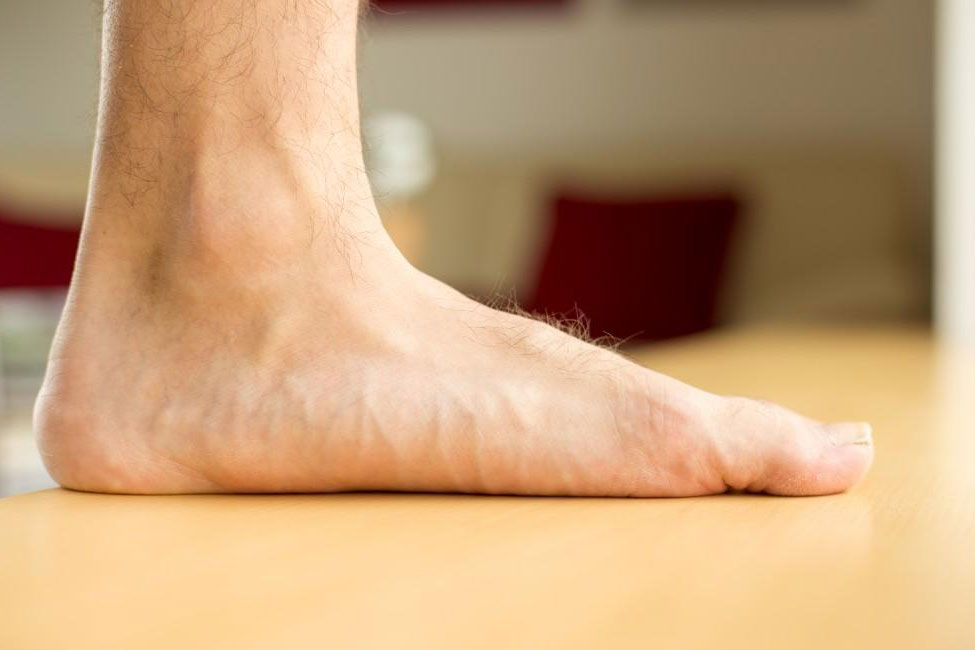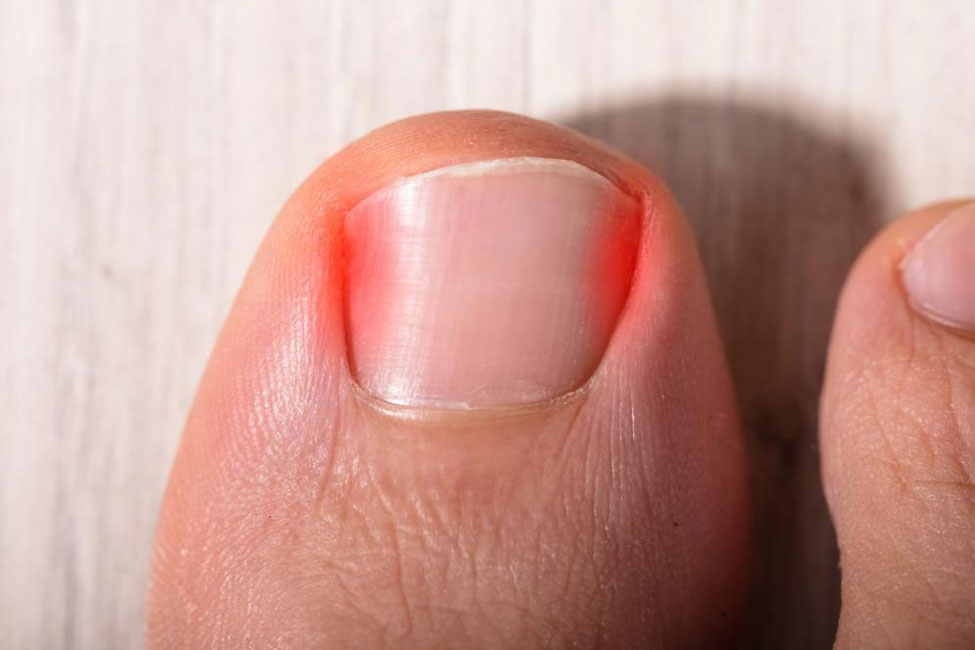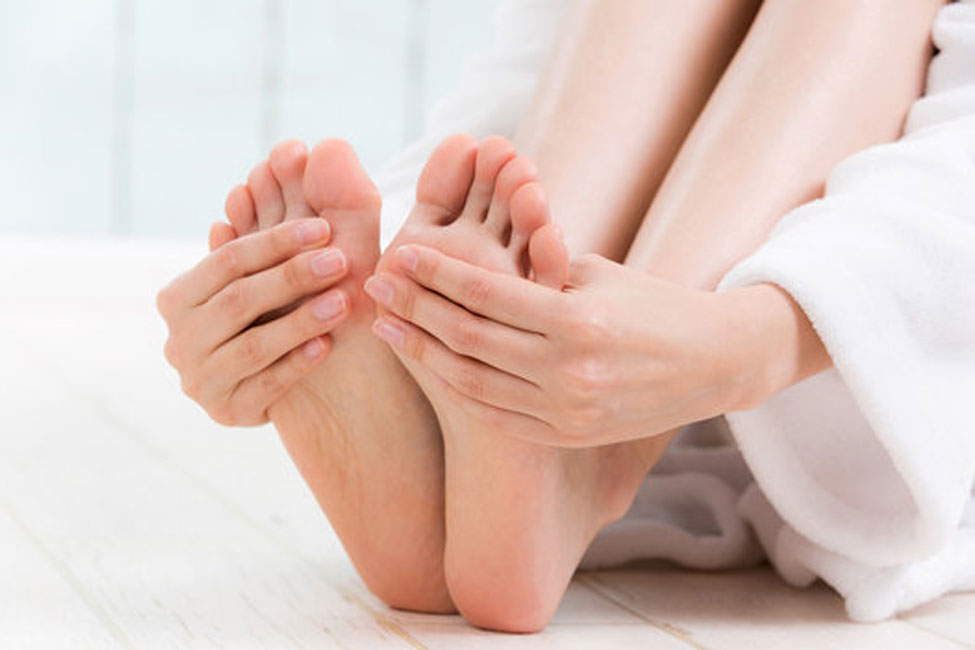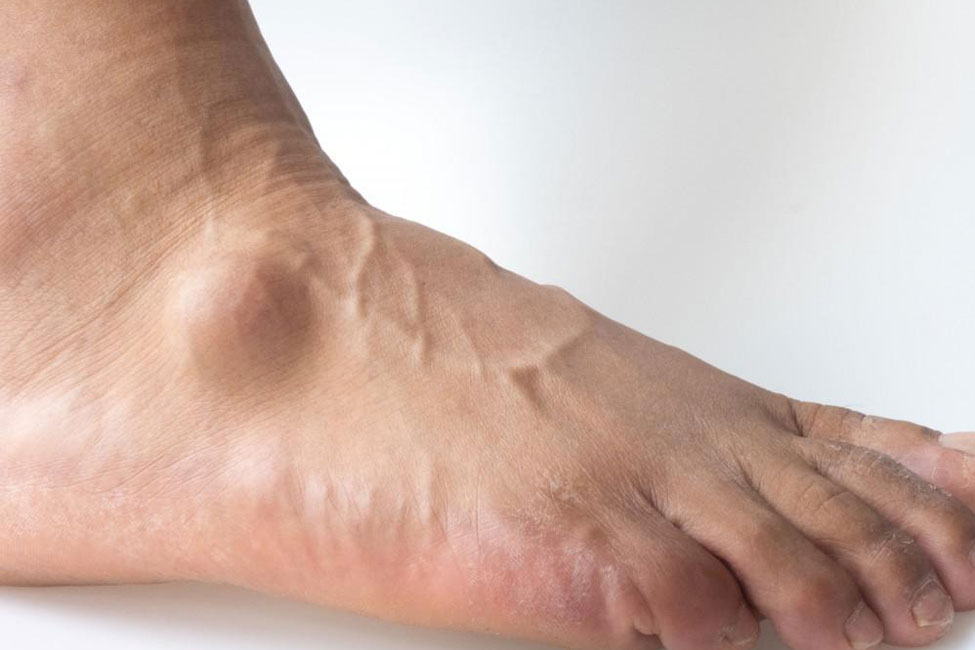Achilles Tendinitis: Causes, Symptoms, Treatment, and Prevention
What is Achilles Tendinitis?
Achilles tendinitis is a condition that happens when the Achilles tendon, the large cord-like structure at the back of your ankle that connects your calf muscles to your heel bone, becomes irritated and inflamed. This tendon is crucial for walking, running, and jumping, making it an essential part of your leg.
Type of Achilles Tendinitis
Non-Insertional Achilles Tendinitis: This type occurs in the middle part of the tendon and is usually associated with overuse or ageing. Small tears and thickening of the tendon can develop over time.
Insertional Achilles Tendinitis: This type affects the lower part of the tendon, right where it attaches to the heel bone. Factors like bone spurs or tight calf muscles can cause it.
How Common is Achilles Tendinitis?
Achilles tendinitis is a fairly common condition, especially among athletes and people who engage in sports requiring much running and jumping. It can also affect individuals who don’t participate in sports, often due to overuse, improper footwear, or sudden changes in physical activity.
Causes of Achilles Tendinitis
Achilles tendinitis can be triggered by a combination of factors, often related to overuse or strain on the Achilles tendon. Here are some common causes:
- Overuse or Repetitive Stress: Engaging in activities that involve frequent jumping, running, or sudden increases in physical activity can strain the Achilles tendon. It’s a common issue among athletes, especially runners and basketball players.
- Inadequate Warm-Up or Stretching: Failing to properly warm up or stretch before exercise can place extra stress on the tendon. Muscles and tendons that are not adequately prepared are more susceptible to injury.
- Tight or Weak Calf Muscles: If the muscles in your calf are either too tight or too weak, it can place additional stress on the Achilles tendon. Proper conditioning and stretching of the calf muscles are essential for prevention.
- Improper Footwear: Wearing shoes that don’t provide proper support or are ill-fitting can contribute to Achilles tendinitis. Shoes with inadequate arch support or excessive wear and tear can be particularly problematic.
- Sudden Changes in Activity Level: A rapid increase in the intensity or duration of physical activity, such as going from a sedentary lifestyle to intense workouts, can strain the tendon.
- Age: As people age, the blood supply to the Achilles tendon may decrease, making it more prone to injury and slower to heal.
- Flat Feet or High Arches: Unusual foot mechanics, such as flat feet or high arches, can alter the stress placed on the Achilles tendon and increase the risk of tendinitis.
- Obesity: Carrying excess weight strains the Achilles tendon and can increase the likelihood of injury.
- Medical Conditions: Certain medical conditions, such as psoriasis or rheumatoid arthritis, can contribute to Achilles tendinitis.
- Medications: Some medications, particularly fluoroquinolone antibiotics and corticosteroids, have been associated with an increased risk of tendon problems, including Achilles tendinitis.
Symptoms of Achilles Tendinitis
Achilles tendinitis can cause various symptoms, ranging from mild discomfort to severe pain. Recognising these signs is important for early diagnosis and effective management. Common symptoms of Achilles tendinitis include:
- Pain: The most typical symptom is pain in the Achilles tendon, often described as a dull ache or stiffness in the back of the ankle, just above the heel. The pain may be mild initially but can worsen over time.
- Swelling: Swelling or inflammation around the Achilles tendon is common. This can make the affected area feel warm to the touch.
- Tenderness: When you press on or around the Achilles tendon, you may experience tenderness or discomfort. This is especially noticeable when touching the middle or lower part of the tendon.
- Stiffness: The affected ankle may feel stiff, particularly in the morning or after periods of inactivity. This stiffness can improve with gentle movement but return after rest.
- Weakness: Some individuals with Achilles tendinitis may notice a decreased strength in the affected leg, particularly during activities like walking, running, or climbing stairs.
- Creaking or Crunching Sensation: In some cases, there may be a creaking or crunchy sensation (crepitus) when moving the ankle, which can be due to the presence of scar tissue in the tendon.
- Thickening of the Tendon: In chronic cases, the Achilles tendon may thicken and develop nodules or bumps along its length.
Diagnosis of Achilles Tendinitis
Diagnosing Achilles tendinitis typically involves a combination of a medical history assessment, physical examination, and, in some cases, imaging studies. Here’s how the diagnosis is typically made:
Medical History
Your medical professional will begin by asking about your symptoms and their severity, including when they started.
- They will inquire about your physical activity level, recent changes in activity, and any previous history of tendon or ankle problems.
- It’s important to inform them about your medications, as certain drugs can contribute to tendon issues.
Physical Examination
- Your medical professional will physically examine the affected ankle and Achilles tendon. They will look for signs of swelling, redness, and tenderness.
- They may ask you to perform specific movements, such as pointing your toes downward (plantarflexion) or upward (dorsiflexion), to assess the range of motion and pain levels.
- You may be asked to stand on your toes to assess the strength and stability of your calf muscles and Achilles tendon.
Imaging Studies
The doctor may sometimes recommend imaging studies to confirm the diagnosis and rule out other conditions. The most common imaging options include:
- Ultrasound: This painless test uses sound waves to create images of the Achilles tendon, allowing the doctor to assess its thickness, integrity, and signs of inflammation.
- Magnetic Resonance Imaging (MRI): An MRI can provide more detailed images of the tendon and surrounding structures, which can be especially useful in cases where the diagnosis is unclear or to rule out other issues like tears or ruptures.
Laboratory Tests
In rare instances, blood tests may be performed to check for conditions like rheumatoid arthritis or gout, which can sometimes mimic the symptoms of Achilles tendinitis.
Complications of Achilles Tendinitis
If left untreated or not managed properly, Achilles tendinitis can lead to various complications, some of which can be more severe and challenging to address. These complications include:
- Achilles Tendon Rupture: Chronic and severe Achilles tendinitis can weaken the tendon, making it more susceptible to complete rupture or tearing. This can be a painful and debilitating injury requiring surgical repair.
- Tendinosis: if tendinitis persists and inflammation continues, it can progress to tendinosis, which involves degeneration of the tendon with the formation of microtears, scar tissue, and a loss of its normal structure and function.
- Calf Muscle Atrophy: Ongoing pain and discomfort in the Achilles tendon can lead to the disuse of the calf muscles, causing them to weaken and shrink (atrophy). This can affect your ability to walk, run, and engage in physical activities.
- Alteration in Gait: Individuals with Achilles tendinitis may change how they walk (alter their gait) to avoid pain and discomfort. This altered gait can place extra strain on other joints and muscles, potentially leading to pain and problems in other areas of the body.
- Chronic Pain: If not treated properly, Achilles tendinitis can become long-term or chronic, resulting in ongoing pain and discomfort during daily activities and physical exercise.
- Limited Mobility: Chronic Achilles tendinitis can reduce ankle flexibility and range of motion, limiting your ability to perform normal movements and activities.
- Secondary Conditions: The pain and discomfort associated with Achilles tendinitis can lead to secondary conditions, such as joint or muscle problems in other body parts, as you compensate for the discomfort by altering your movements and posture.
- Psychological Impact: Living with chronic pain or an injury that limits physical activity can have psychological effects, including anxiety, depression, and a reduced quality of life.
Treatment Options for Achilles Tendinitis
Achilles tendinitis can often be managed effectively with a combination of conservative treatments. The goal of treatment is to reduce pain and inflammation and promote healing of the affected tendon. Here are the common treatment options:
Rest and Activity Modification
One of the most crucial steps in treating Achilles tendinitis is to rest and avoid activities that exacerbate the condition. This gives the tendon a chance to heal.
You may need to modify or reduce your physical activity, particularly high-impact activities like running and jumping.
Ice
Applying ice to the affected area can help reduce pain and inflammation. Use an ice pack wrapped in a thin cloth and apply it for 15-20 minutes several times daily, especially after activity.
Nonsteroidal Anti-Inflammatory Drugs (NSAIDs)
Over-the-counter NSAIDs like ibuprofen or naproxen can help reduce pain and inflammation. Follow your medical professional’s recommendations for dosing.
Physical Therapy
A physical therapist can develop an exercise program to strengthen the calf muscles, improve flexibility, and correct any abnormalities in your gait that may contribute to the condition.
They may also use ultrasound, massage, and stretches to aid healing.
Orthotics and Shoe Modifications
Custom orthotic shoe inserts or proper footwear with good arch support can reduce strain on the Achilles tendon. Your medical professional or a podiatrist can help with recommendations.
Eccentric Strengthening Exercises
Eccentric exercises involve lowering your heel with resistance, which can help strengthen the Achilles tendon. These exercises should be done under the guidance of a physical therapist.
Night Splints
Wearing a night splint that keeps your foot flexed upward while you sleep can help prevent morning stiffness and reduce re-injury risk.
Casting or Walking Boot
Sometimes, the medical professional may recommend using a cast or walking boot to immobilise the ankle and allow the tendon to heal without strain.
Extracorporeal Shock Wave Therapy (ESWT)
This non-invasive treatment uses shock waves to stimulate blood flow and promote healing in the affected area.
Platelet-Rich Plasma (PRP) Therapy
PRP therapy involves injecting a concentrated solution of your own blood platelets into the affected area to accelerate healing.
Corticosteroid Injections
In some cases, the medical specialist may administer corticosteroid injections to reduce pain and inflammation. However, these are usually reserved for severe cases due to potential side effects.
Surgery
Surgery is rarely needed for Achilles tendinitis but may be considered for severe or chronic cases, especially if there is a significant risk of tendon rupture. Surgical options include tendon debridement, tendon transfer, or removal of bone spurs.
Preventing Achilles Tendinitis
Preventing Achilles tendinitis is key to maintaining healthy and pain-free ankles. Here are some strategies to reduce your risk of developing this condition:
- Warm up before exercise.
- Progress gradually.
- Wear proper shoes.
- Use orthotic inserts if needed.
- Cross-train for variety.
- Strengthen and stretch regularly.
- Prioritise rest and recovery.
- Learn correct techniques.
- Maintain a healthy weight.
- Listen to your body.
- Do calf raises.
- Limit high heel use.
- Cool down after exercise.
- Seek sport-specific guidance.
Living with Achilles Tendinitis
Living with Achilles tendinitis can be challenging, but with the right approach and care, you can manage the condition and maintain a good quality of life. Here are some tips for living with Achilles tendinitis:
- If you’ve been diagnosed with Achilles tendinitis, follow your medical professional’s recommended treatment plan closely. This may include rest, physical therapy, exercises, and medications. Compliance with the treatment plan is essential for a successful recovery.
- Use over-the-counter pain relievers or anti-inflammatory medications as directed by your medical professional to help manage pain and reduce inflammation. Applying ice to the affected area can also provide relief.
- Avoid or reduce activities that exacerbate your symptoms, especially high-impact sports and exercises. Opt for low-impact alternatives like swimming or cycling.
- Continue with any prescribed stretching and strengthening exercises even after your initial treatment. This can help prevent recurrences and maintain tendon health.
- Invest in comfortable, supportive shoes with proper arch support and cushioning. If needed, consider orthotic inserts to provide additional support.
- Continue physical therapy exercises to improve calf muscle strength and flexibility and enhance your overall ankle function if recommended.
- Be attuned to your body’s signals. If you experience discomfort or pain, adjust your activities or rest to prevent overuse and further injury.
- Focus on a healthy diet and exercise routine to maintain an appropriate weight. Extra weight can place additional stress on the Achilles tendon.
- Prioritise rest and recovery days to allow your body to heal and rebuild. Adequate sleep is crucial for the healing process.
- Continue to see a medical professional for follow-up appointments to monitor your progress and address any concerns.
- Even after recovery, maintain good habits like warming up, stretching, and using proper techniques to prevent a recurrence.
Suppose you’re struggling with Achilles tendinitis or suspect you might have this condition. In that case, we strongly encourage you to take action and request an appointment with The Orthopaedic Practice and Surgery Clinic. Our team of experts is dedicated to providing the utmost care and guidance to help you on your journey to recovery. Your health and mobility are worth the investment, so reach out to us today and take the first step towards a healthier, pain-free future—your well-being matters.


